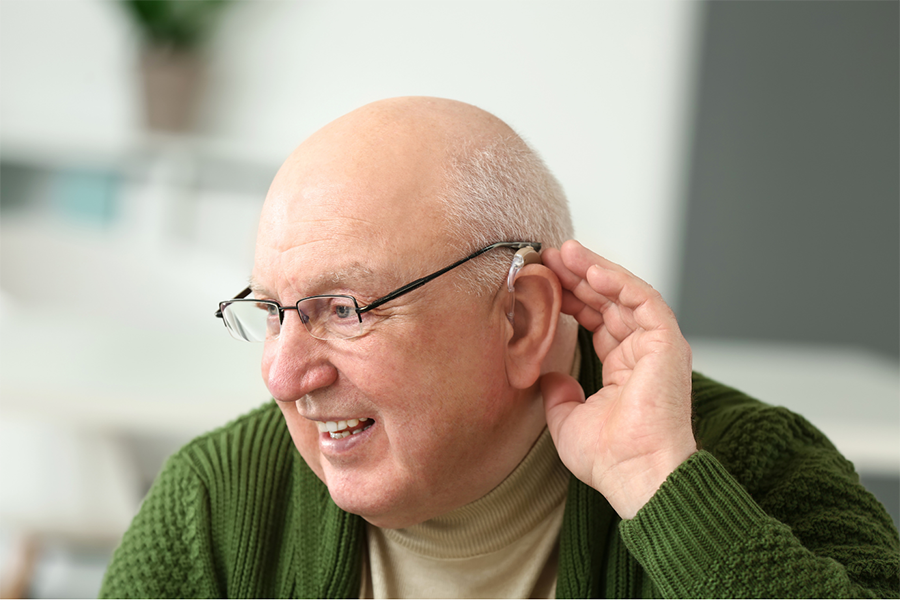There are many common misconceptions about hearing aids. Some of them deter people from getting hearing aids, others make people wait a very long time before trying them out, and still others leave people disappointed about their new devices. Maybe you’ve heard some of these misconceptions! Here are the top five that we want to clear up once and for all:
1. Hearing aids make me look old!
Many people notice they have hearing loss and could probably benefit from hearing aids, but they just aren’t ready to try them out for fear of how others will perceive them. In truth, people of all ages are affected by hearing loss – not just older adults. Wearing hearing aids is a sign of taking control of your hearing health so that you can enjoy time spent with family and friends. Plus, with many of the advanced, discreet models on the market today, it’s likely that people won’t even notice your brand new devices.
2. Hearing aids are large and clunky.
While this was certainly true of the first hearing aids, which were in a device much too large to fit behind the ear, this isn’t the case anymore. There are various styles of hearing aids to fit your needs and preferences – some are even considered “invisible” as they fit entirely in the ear canal. You can work with your audiologist to find sleek devices that work for you.
3. Hearing aids are just like eyeglasses – they work immediately and completely correct my hearing.
While eyeglasses or contacts do restore vision to its previous state – provided one does not have cataracts, glaucoma or another eye disease that obscures vision – this isn’t exactly true of hearing aids. It can still be difficult to hear certain sounds, and you have to learn to hear in a different way. Also, hearing aids typically require a few follow-up visits to the audiologist for adjustments. If you know this, you can prepared and have a bit of patience to experience the full benefits of the devices.
4. I only miss certain sounds, so a hearing aid really isn’t for me.
In fact, missing certain sounds is a good sign that you have hearing loss that can be improved by hearing aids. An audiologist can program the hearing aids to provide amplification for sounds and pitches you have difficulty hearing, and not for others. Additionally, some people believe that they have one good ear so hearing aids aren’t really a necessity. In fact, most people do have hearing loss in both ears, but if one ear is better than the other, it might be less noticeable in that ear, even if hearing loss is present.
5. Hearing aids won’t work for my type of hearing loss.
Actually, about 90 percent of people with hearing loss can benefit from hearing aids. Either way, it’s important to see an audiologist to make sure that your hearing loss isn’t caused by a condition that requires surgery, or something as simple as ear wax removal.


